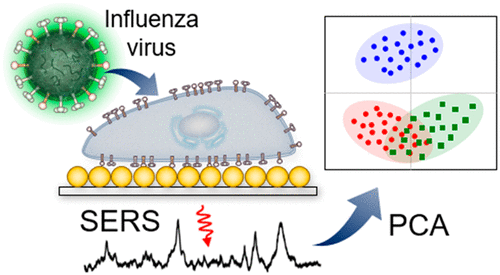2018. Gwang Mo Ku, Jin Woo Kim, Yoon-ha Jang, Seunghyun Kim, Kwang-il Lim, and Wi Hyoung Lee*. "

Graphene field-effect transistors (FETs) provide an efficient platform for enabling the label-free detection of DNA molecules. In this study, we used an interfacial polymer brush layer, which is inserted between graphene and SiO2, to enhance the electrical properties of the DNA sensors based on graphene FETs. When a polymer brush with no net dipole moment was used as a surface modification layer of SiO2, high field-effect mobility and stability were obtained in graphene FETs. In addition, it was confirmed that the graphene FETs exhibited stable operation in aqueous environments. To examine the response of DNA sensors based on graphene FETs, four types of DNA oligomers with homogeneous nucleotides (i.e. 12mer of adenine, thymine, cytosine, and guanine) were consecutively dropped onto the graphene surface and changes of electrical properties in the graphene FETs were monitored after complete drying of DNA solutions. These DNA oligomers n-doped the graphene due to the electron-rich characteristics of the nucleobases. In addition, electron and hole mobilities decreased gradually upon the addition of DNA solution because DNA molecules served as charged impurities. Graphene FETs with polymer brush provide a platform for detecting DNA molecules with low concentration.












